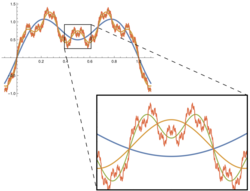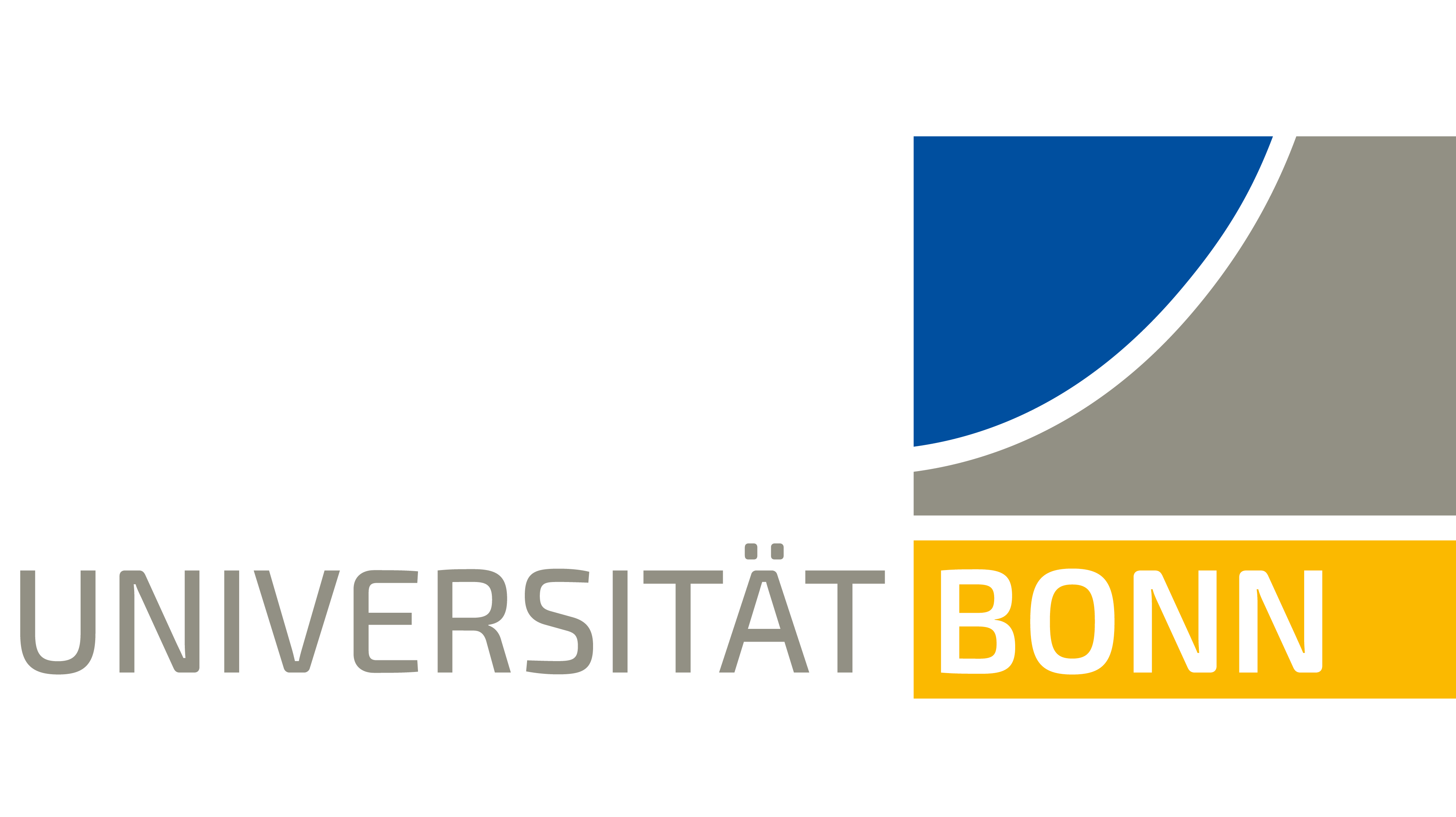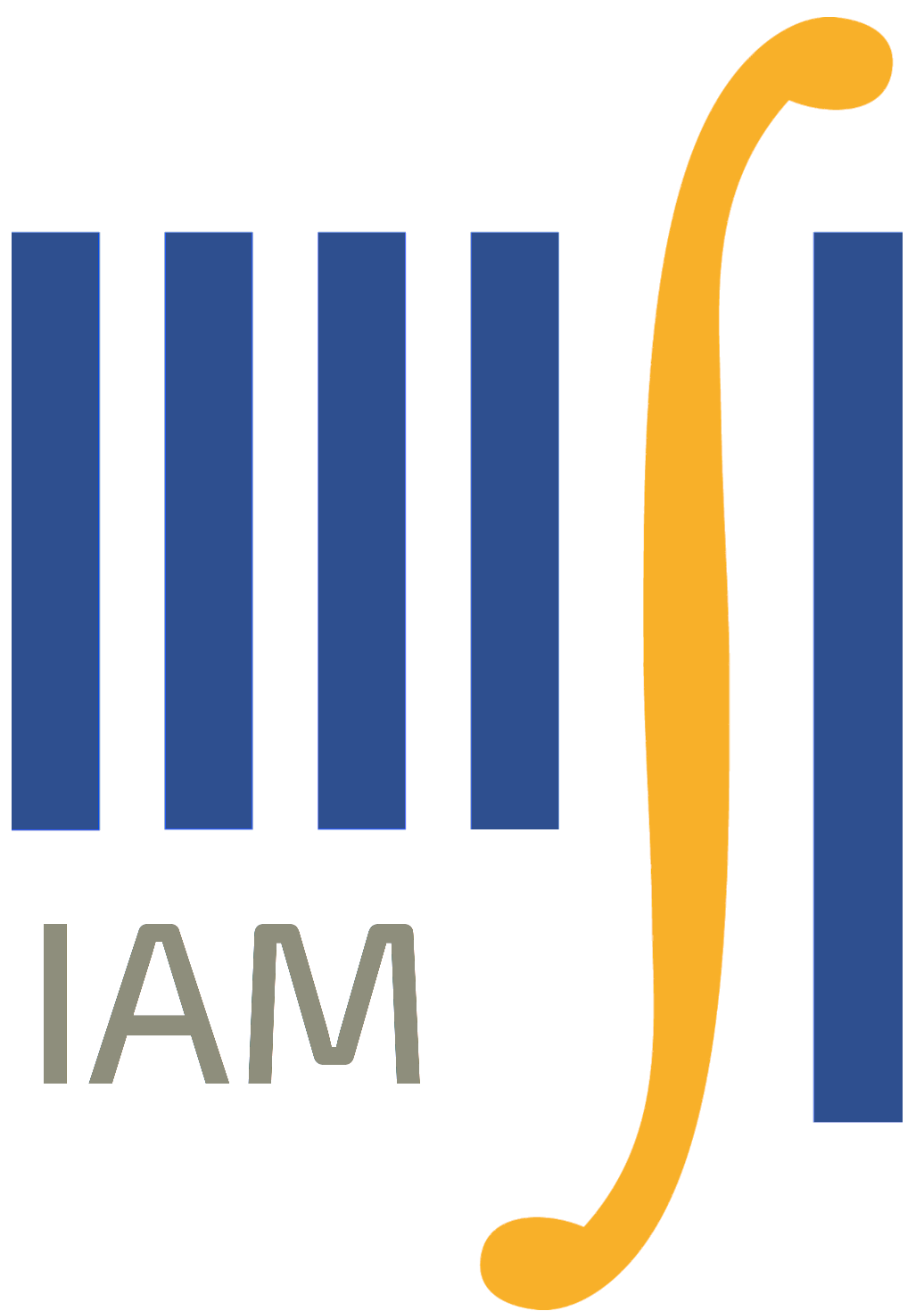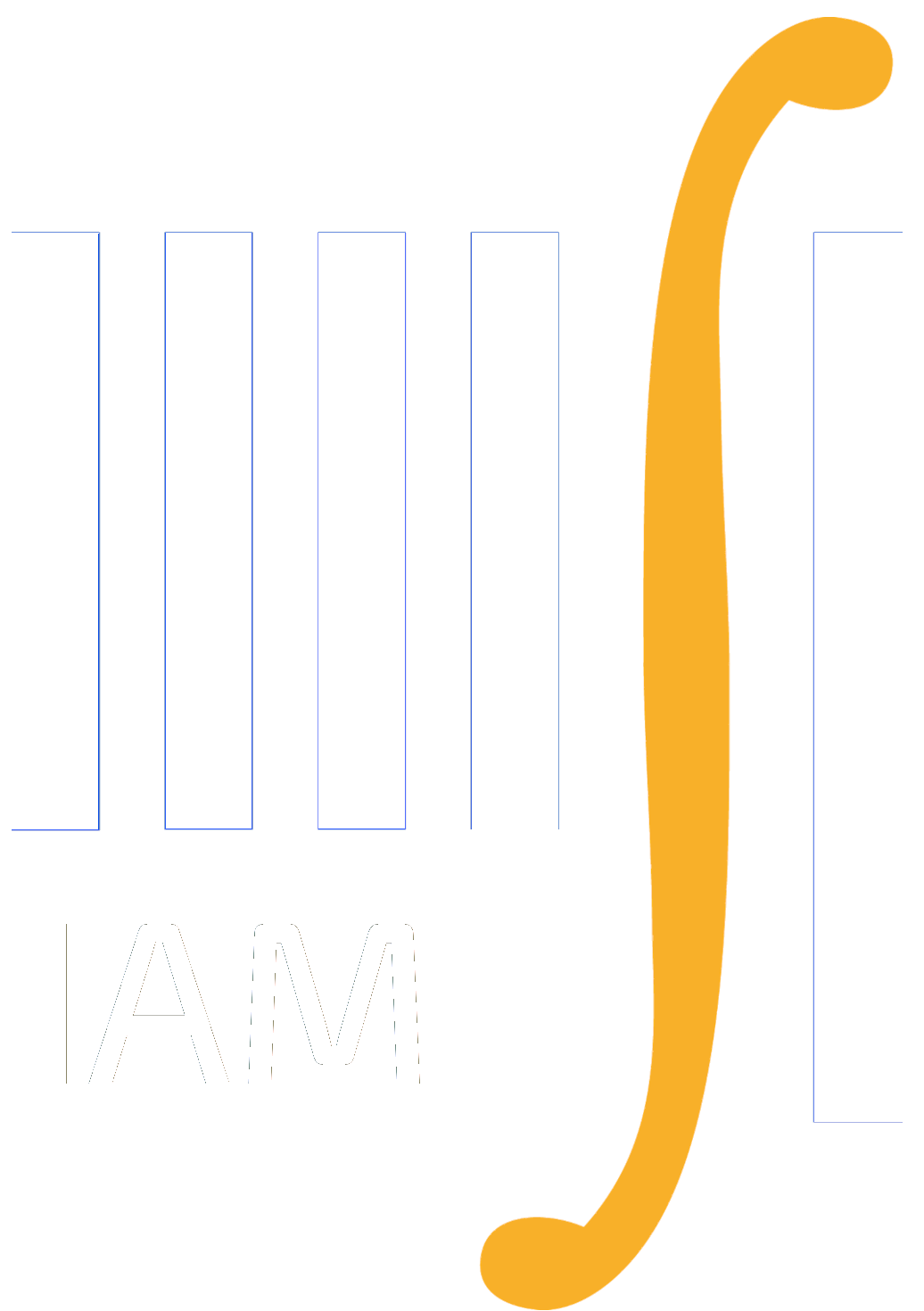Tim Laux | Teaching
Introduction to Analysis
Math 104 (Lecture 006) at UC Berkeley
This is not the official course website. Please visit bcourses.berkeley.edu for more detailed course information and updates.
|  |
About the Course
Is there a rational number between any two real numbers? ... and what are the real numbers?
Are there more rational or more irrational numbers? ... and what does “more” mean?
Is every continuous function differentiable? ... or at least in most points? ... or maybe sometimes nowhere at all?
What does convergence mean? ... and what does it take to check if a sequence (of numbers, functions, ...) converges? ... and what if a sequence does not converge?
Is a function with (basically everywhere) vanishing derivative constant?
At a local maximum, a differentiable function has vanishing derivative. But is a differentiable function non-decreasing close to (but on the left of) a local max?
These basic questions are usually not explained in calculus classes. This course is intended to be a preparation for real analysis, the study of functions of one real variable. We will prove (and sometimes disprove) "facts" which you might have taken for granted up to now and will discuss some of the questions above. Although many concepts discussed in the class (convergence of a sequence, continuity of a function,...) may be familiar from calculus classes, the rigorous, proof-based approach of this course is challenging and shows somewhat different facets of mathematics. Proofs in analysis are different from those you might know from other proof-based classes. One main goal of the course is to teach you how to read proofs, how to come up with the idea of a proof, and finally, to write it down so that other people can follow your idea. We will start by introducing real and complex numbers, and Euclidean spaces. Then metric spaces, a generalization of these concepts, will be introduced. An important point of the course is a proper understanding of convergence of sequences (and series), which will build the basis for understanding functions. In particular, we will study continuity and differentiability of functions. The Riemann integral will be discussed and sequences of functions will be analyzed, and we will be able to prove the fundamental Arzelà-Ascoli theorem and the theorems of Stone and Weierstraß.
Lectures
Mo We Fr 12-1pm in 310 Hearst Mining.
Office Hours
You can find me in 895 Evans Hall by appointment or during my regular office hours:
Mo 2-3:30pm, We 5-6pm, Fr 9-10am
Textbook
Walter Rudin: Principles of Mathematical Analysis (3rd Ed.)
Useful References
You might find passages of the following book easier when seeing some concepts for the first time:
Kenneth A. Ross: Elementary Analysis (2nd Ed.); PDF available from UC Berkeley WiFi.
In case you are not familiar with mathematical induction, you might find George Bergman's notes on mathematical induction helpful. If you are interested in further material on basic analysis:
Charles Pugh: Real Mathematical Analysis
Patrick M. Fitzpatrick: Advanced Calculus
Maxwell Rosenlicht: Introduction to Analysis
Bernard R. Gelbaum, John M. H. Olmsted: Counterexamples in Analysis
Grading
| Homework | 20% |
| Midterm 1 | 20% |
| Midterm 2 | 20% |
| Final Exam | 40% |
When computing your final score, the lowest score of your homework assignments will be dropped. If your score in the final exam is better than any of your two midterm scores, the latter will be replaced by the former.
Homework
There will be weekly homework assignments. They will be posted on the course webpage at least one week prior to the due date. You can hand in your solutions at the beginning of class, or in my office by 11:30 am the same day, either in person or by sliding them under my door. Late homework will not be accepted; but the lowest score will be dropped when computing the final grade.
Group work is highly encouraged but each student has to write the final solution in there own words. Please acknowledge who you collaborated with by writing their names on the top of your homework. Copying homework from other students or from other sources will be considered cheating. A good rule of thumb for you is: Discussing the problem and explaining ideas is acceptable, but reading another student's solution (or having it read to you) is not.
Special Accommodations
If you have a documented disability and require special accommodations of any kind, please e-mail me as soon as possible, and no later than Friday, September 8.
If you are officially representing the university and if there is a conflict with any of the midterms or the final exam, please e-mail me as soon as possible, and no later than Friday, September 8.


